Common Orthodontic Problems
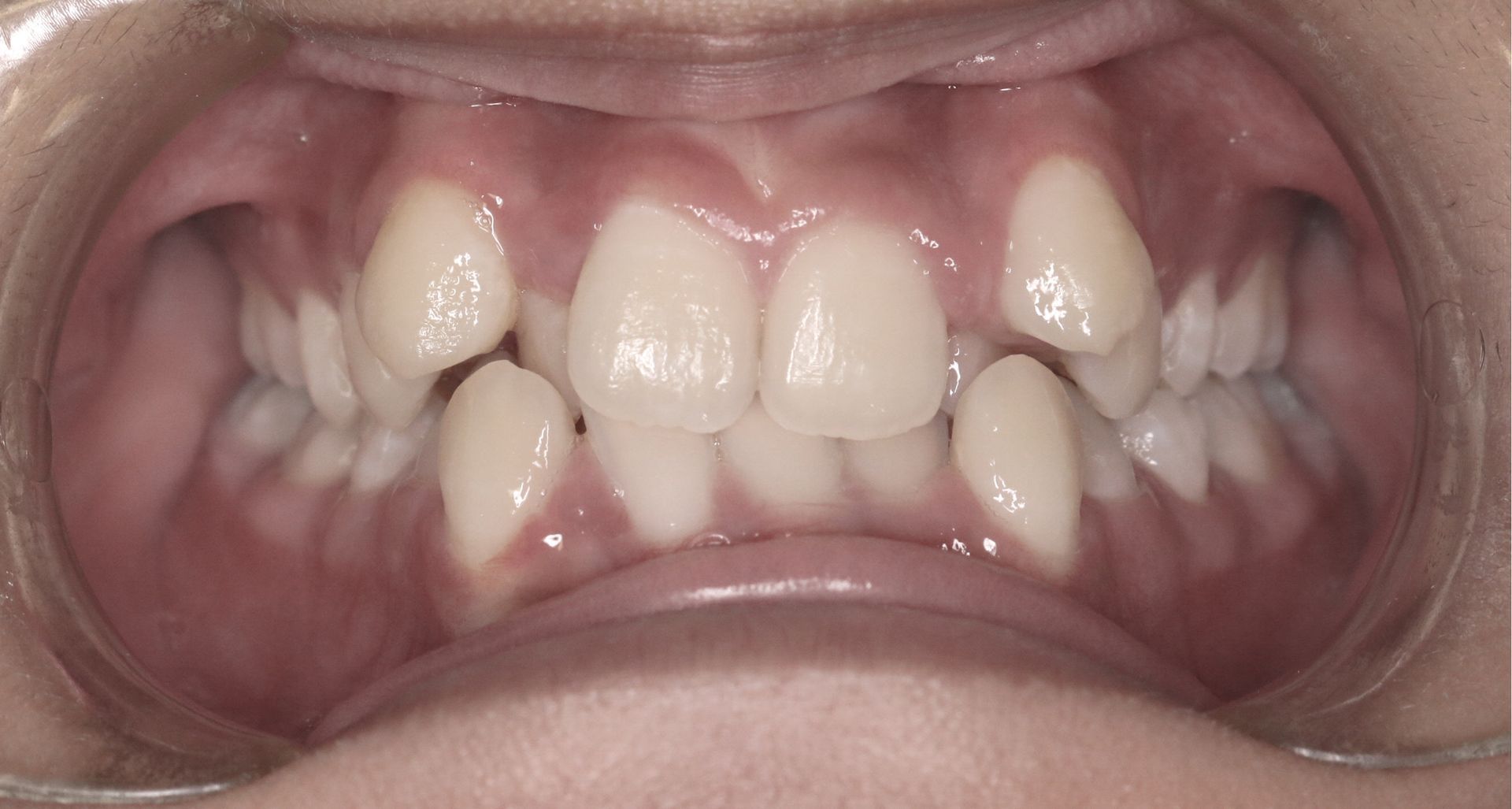
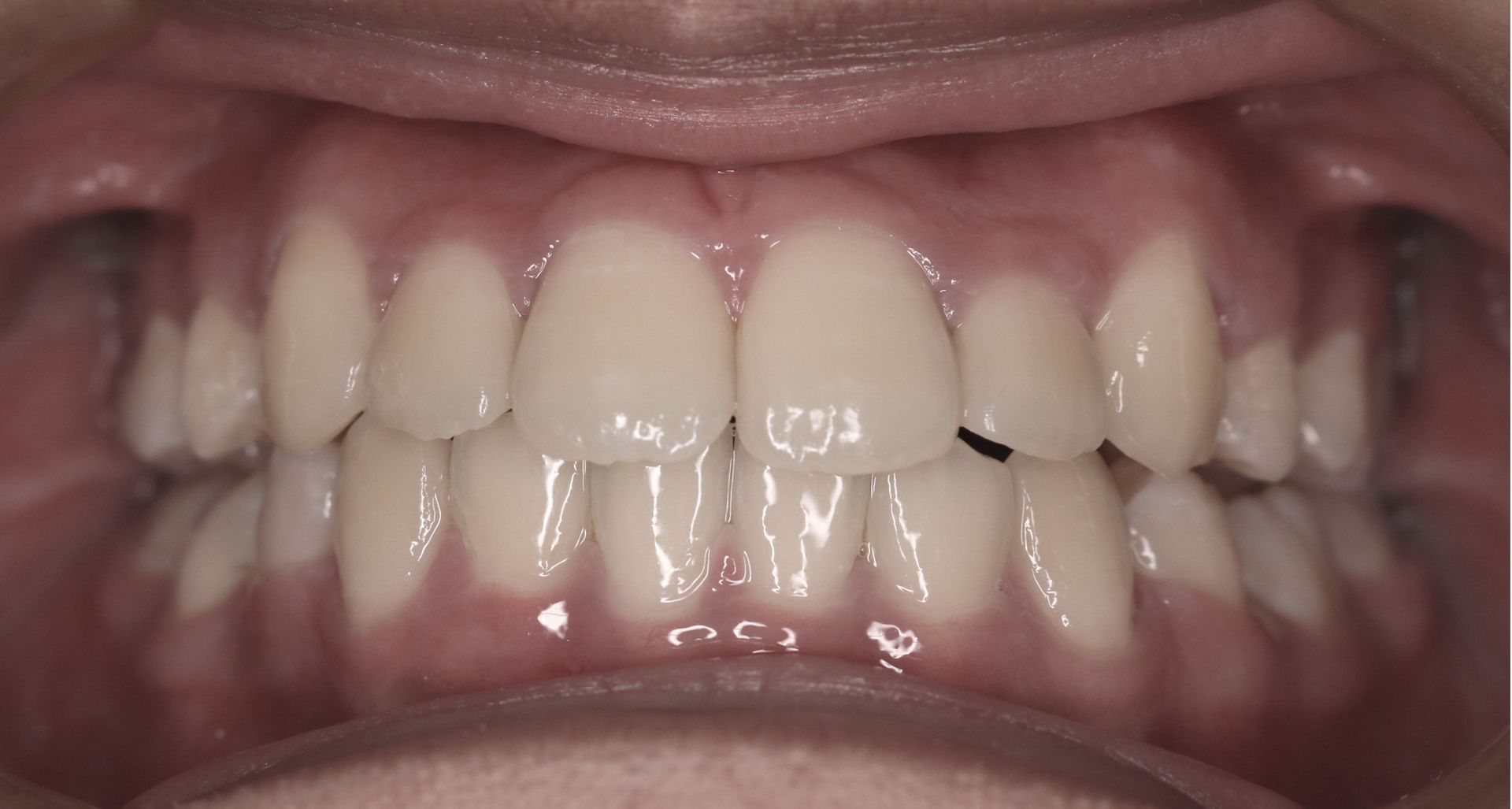
Dental Crowding
When your teeth are crowded, there is insufficient space to fit comfortably in the arch, causing teeth to rotate or become displaced. Crowding can result from large teeth, small dental arches, or dental abnormalities like extra or twin teeth.
Possible Problems
Crowded teeth can be difficult to clean, increasing the risk of tooth decay, gingivitis, and periodontal disease.
Solutions
- Creating Space: Early diagnosis allows for treatments like arch expansion or moving molar teeth back, often avoiding extractions.
- Extraction: In severe cases, extractions may be necessary to align the teeth properly.
Dental Spacing
Spacing occurs when there are gaps between teeth due to small teeth, large dental arches, or a combination of both. Soft tissue issues like a low frenum, large tongue, or lip posture can also cause spacing.
Possible Problems
Gaps can affect the smile, speech (causing lisping), and chewing efficiency.
Solutions
- Closing or Opening Spaces: Depending on the cause, spaces can be closed or prepared for restorative build-ups (composite resin, porcelain veneers).
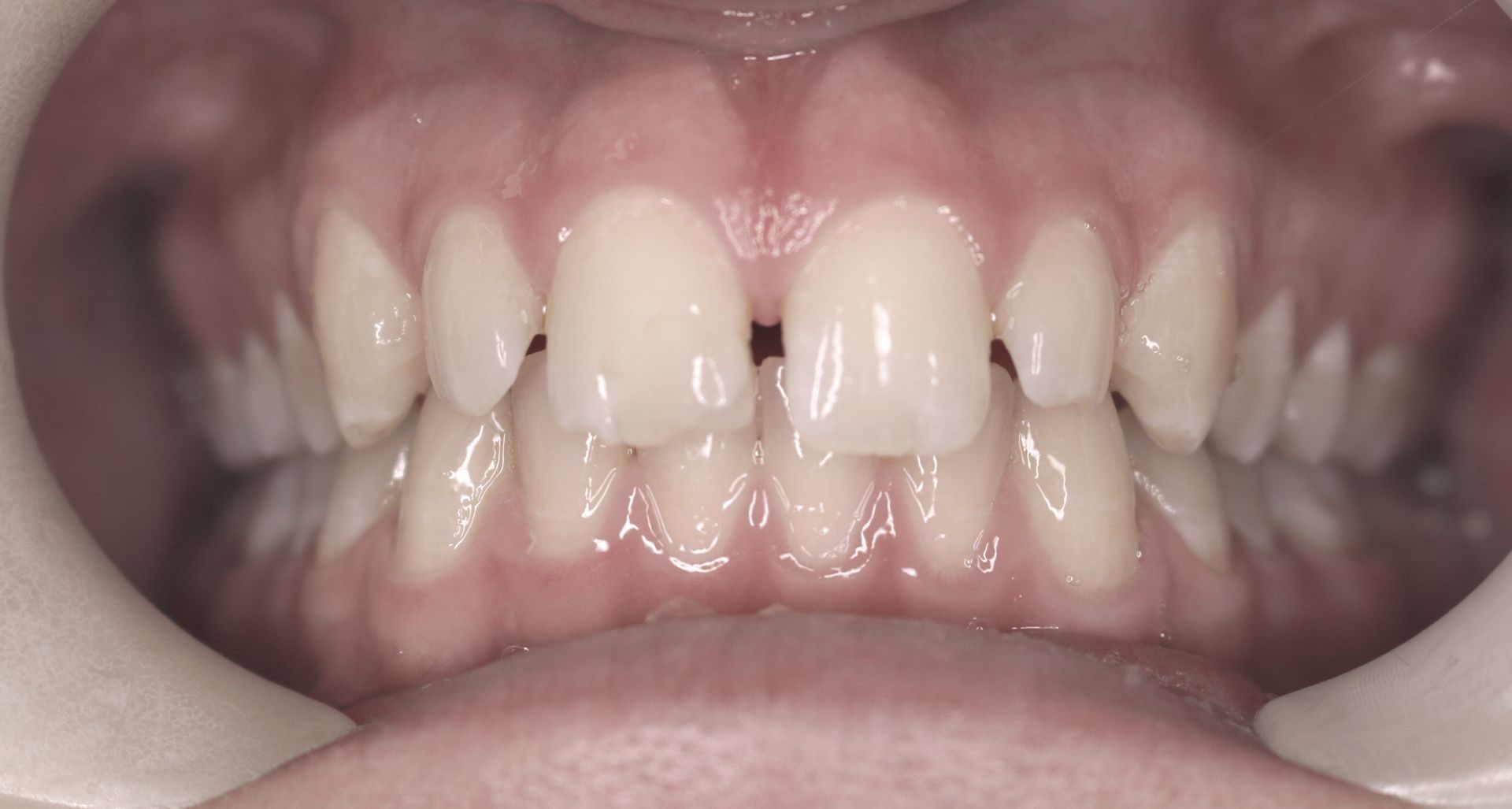
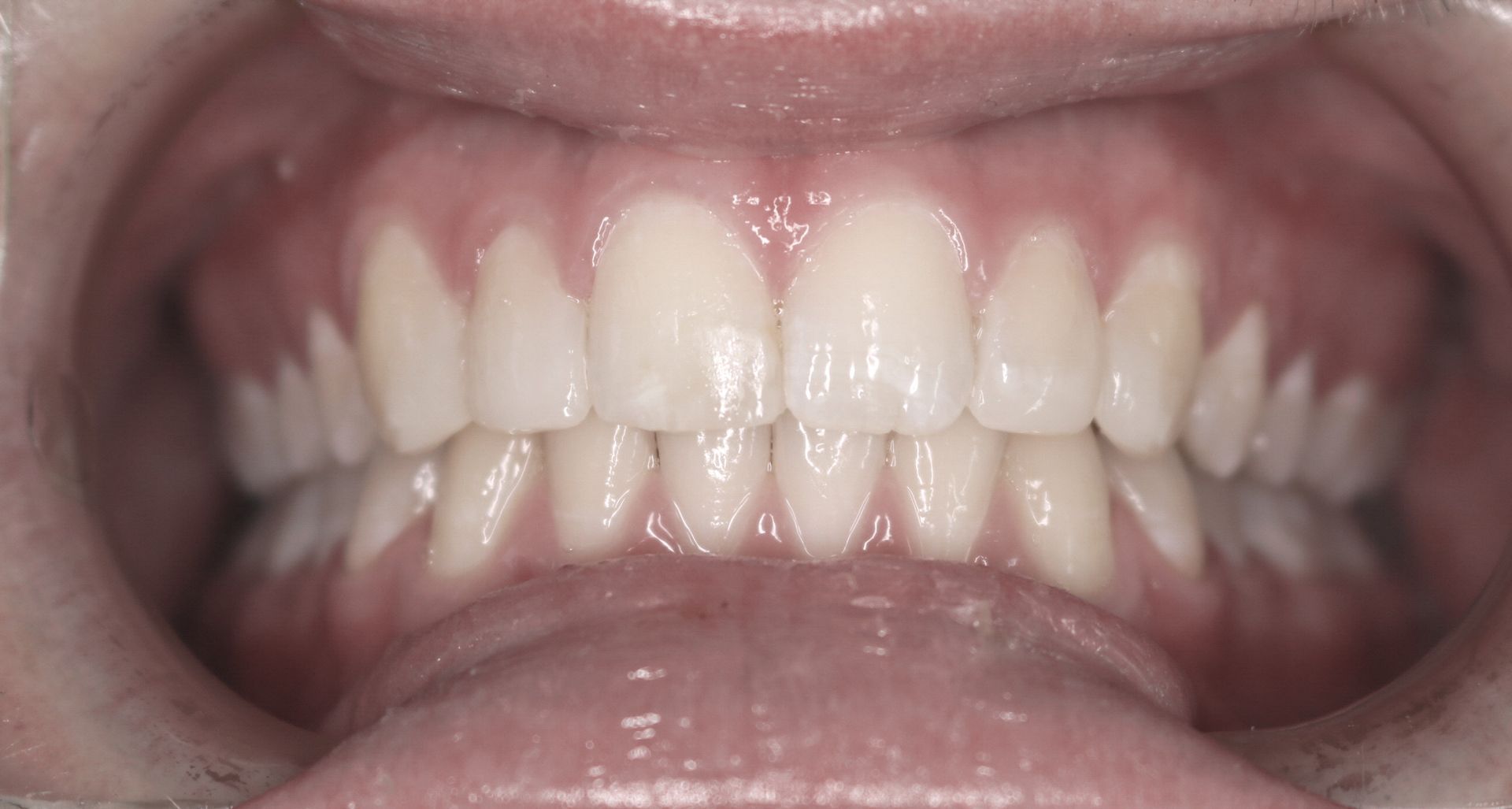
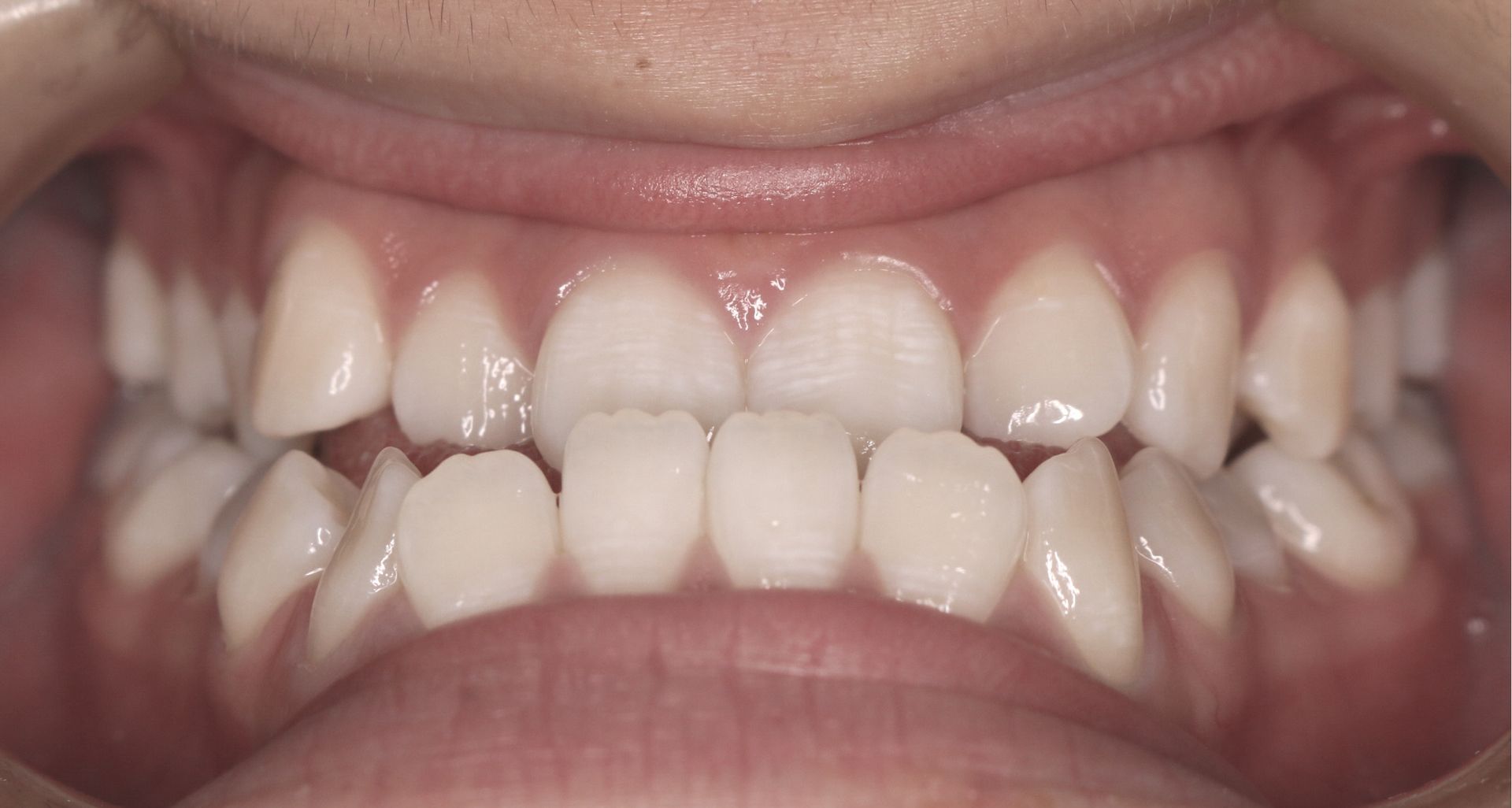
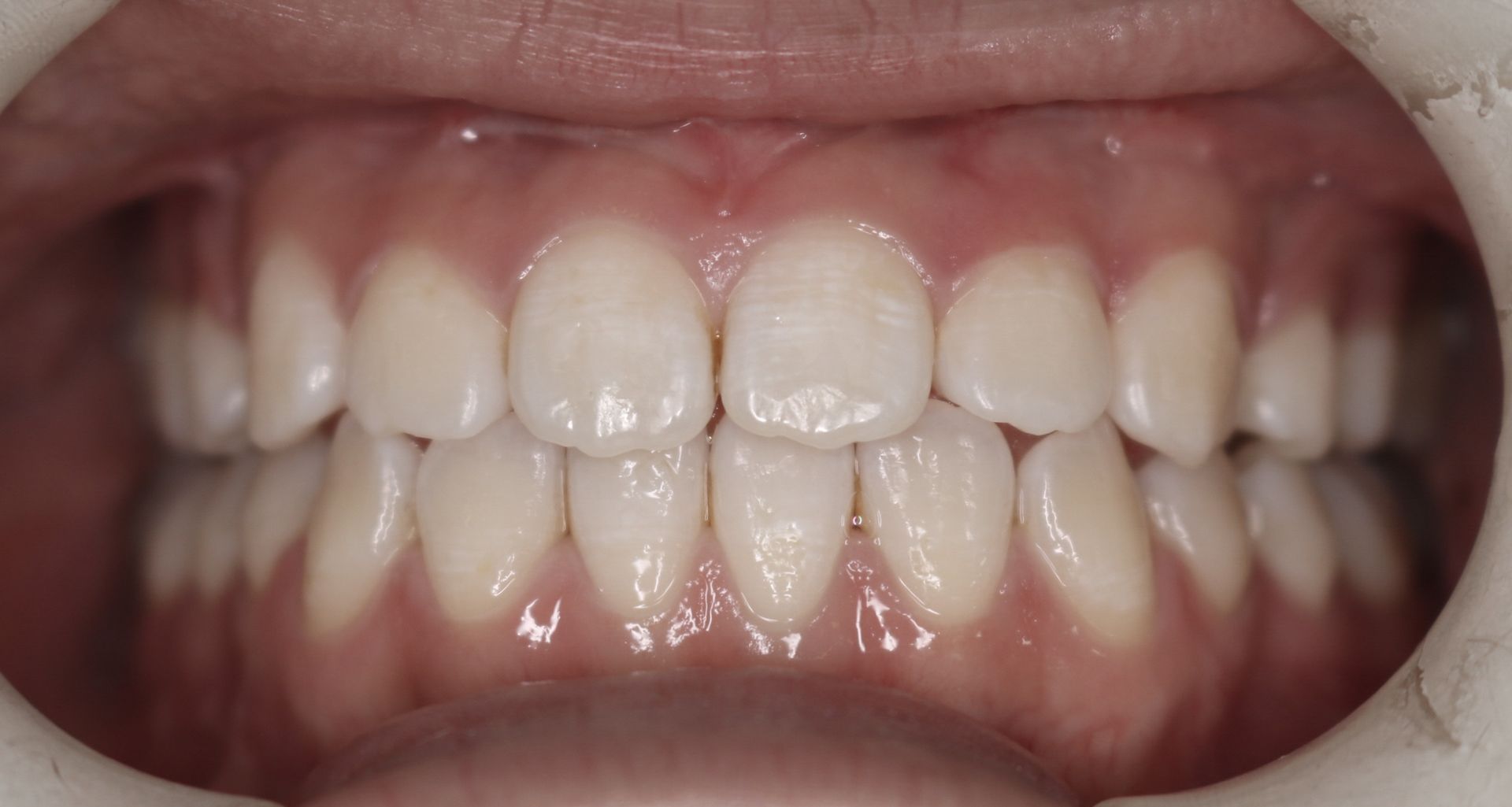
Cross-Bite (Anterior)
An anterior cross-bite occurs when the upper front teeth sit behind the lower front teeth, often called an "under-bite."
Possible Problems
This can affect facial aesthetics, chewing, and speech, leading to dental trauma.
Causes and Treatments
- Dental Causes: Simple tooth tipping can be corrected with simple appliances.
- Skeletal Causes: Jaw discrepancies may require early treatment with reverse pull headgear or, in severe cases, orthodontics combined with jaw surgery.
- Jaw Posture: Correcting jaw posture early can prevent long-term issues.
Cross-Bite (Posterior)
A posterior cross-bite occurs when the upper back teeth sit inside the lower back teeth, affecting one or multiple teeth on one or both sides.
Possible Problems
It can lead to jaw displacement and affect lower jaw symmetry during growth.
Solutions
- Should be assessed early at 8-10 years of age. Treatment can vary from simple expansion with Quadhelix or RME in younger patients to complex treatment requiring surgery in adults.
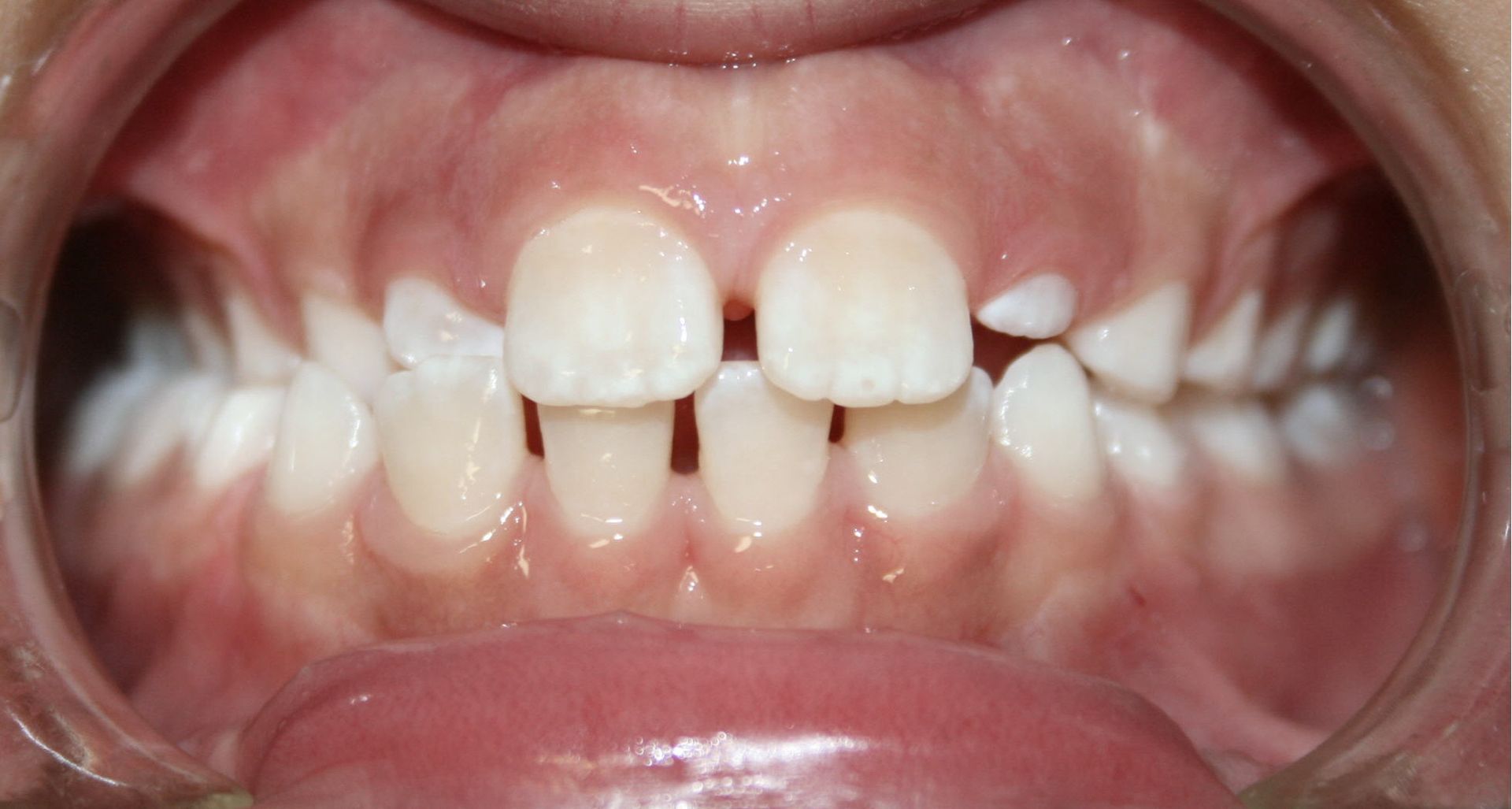

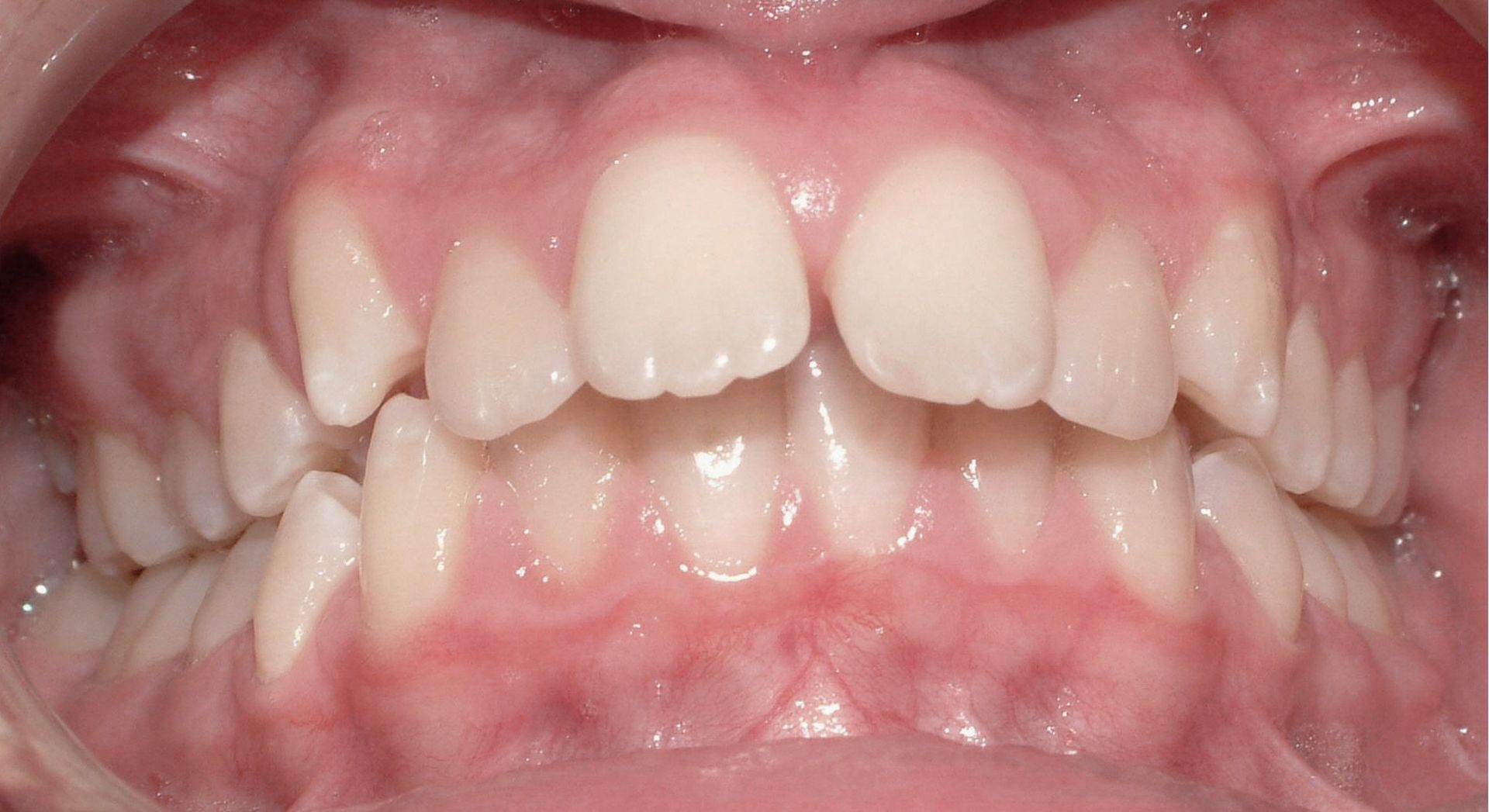
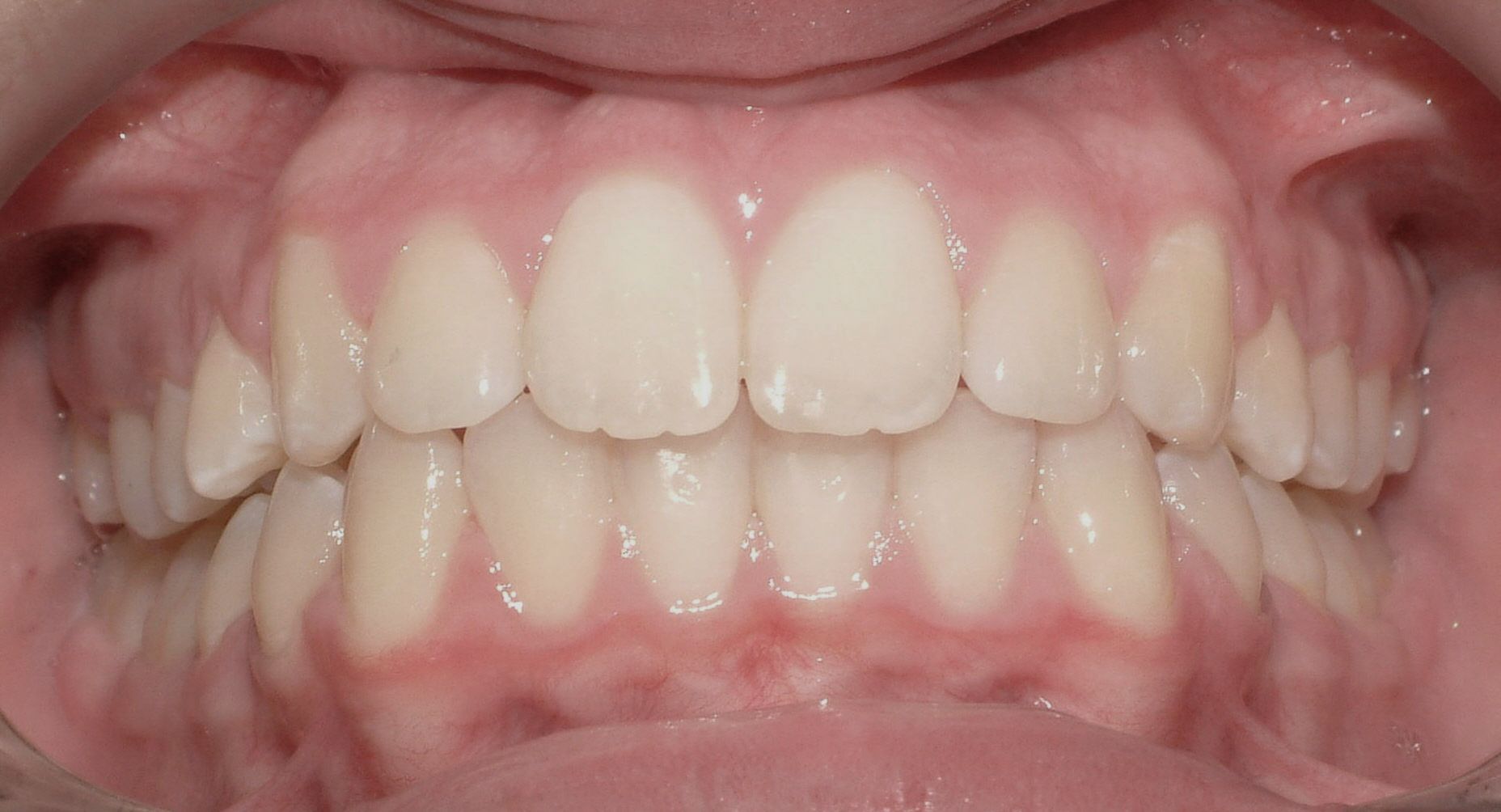
Protruding Teeth
This is when upper front teeth protrude over the lower ones by more than 2-3mm.
Referred to as “Class II” pattern. Various causes range from of childhood habits eg thumb/lip sucking to genetic eg. small lower jaw.
Possible Problems
Protruding teeth are prone to trauma and can affect self-esteem, speech, and biting.
Solutions
- Early Treatment:
Growth modification with appliances or, in severe cases, orthodontics combined with jaw surgery.
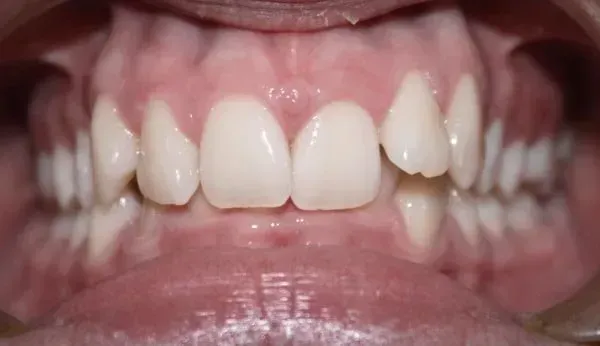
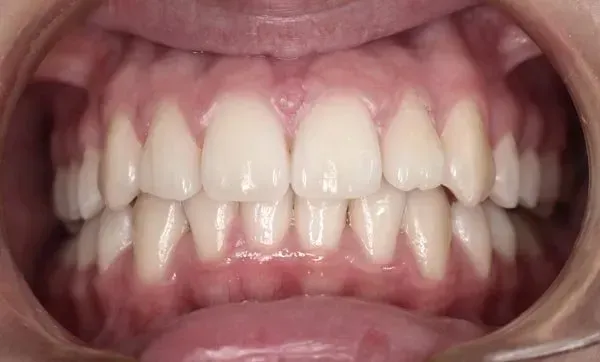
Deep Bite
A deep bite, also referred to as large overbite, occurs when the upper front teeth excessively overlap the lower teeth.
Possible Problems
It can cause gum damage and excessive wear on the lower front teeth,. This can affect facial aesthetics.
Solutions
- Early Treatment: Plates or bite splints to improve the bite during growth, followed by braces for full correction.
Open Bite
An open bite is when there is no vertical overlap between the upper and lower front teeth. This has many causes ranging from thumb sucking, trauma to incisors or facial growth pattern.
Possible Problems
It affects smile aesthetics, speech, and biting efficiency.
Solutions
- Habits like thumb sucking should be addressed early. Severe cases will benefit from combined orthodontic and surgical treatment in adulthood.


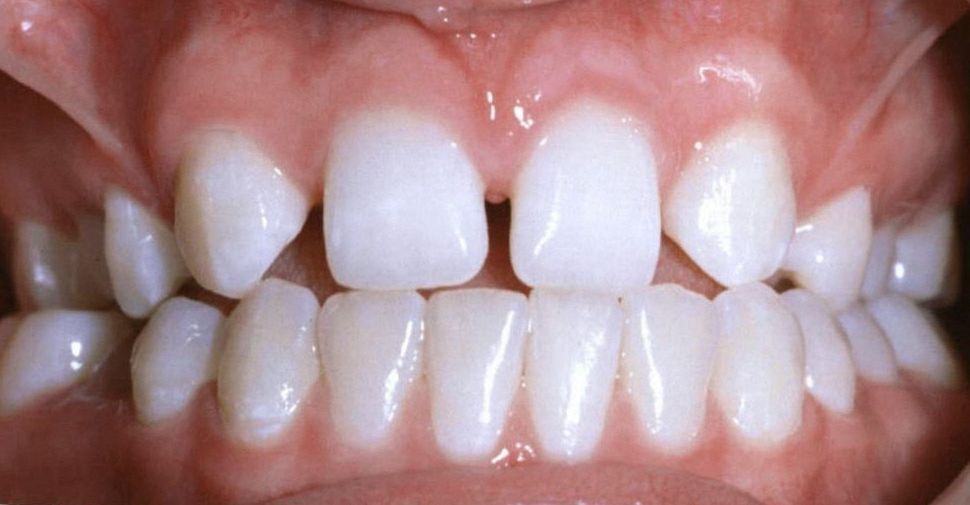
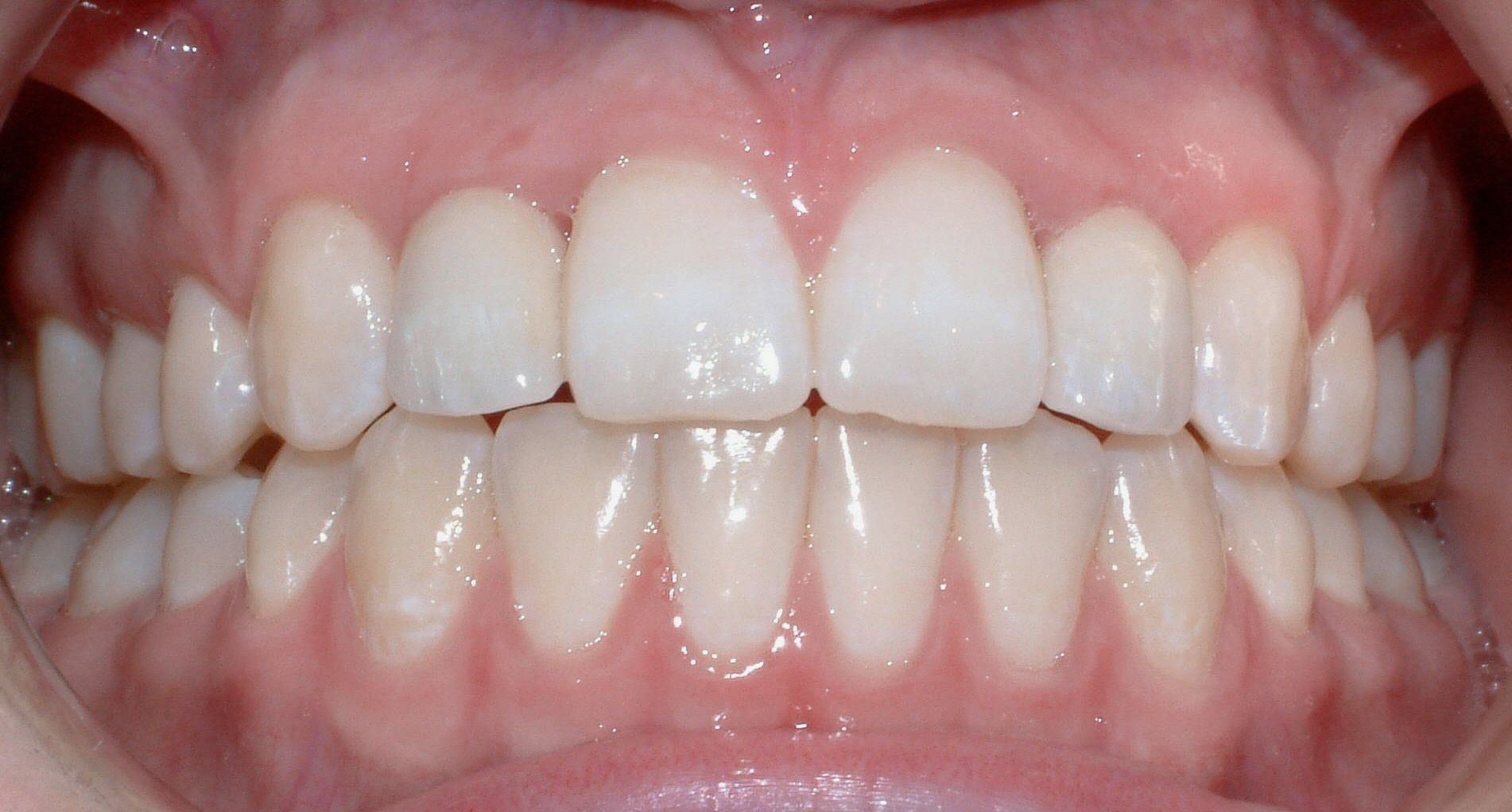
Missing Teeth
Missing teeth can be genetic or result from trauma or decay, affecting the upper lateral incisors, lower incisors, or premolars.
Solutions
- Orthodontic Preparation: A thorough orthodontic assessment is required to decide if the spaces should be opened or closed. In opened spaces, orthodontics is required to prepare spaces for prosthesis e.g. implants or bridges. Closing spaces with orthodontics avoid the need of prosthesis.
Impacted Teeth
Teeth are impacted when they fail to erupt properly, often due to space issues or abnormal positioning.
Possible Problems
Impacted teeth can lead to crowding, damage to adjacent teeth, and long-term dental issues.
Solutions
- Early Treatment:
Creating space for natural eruption or using surgical exposure and orthodontic traction.
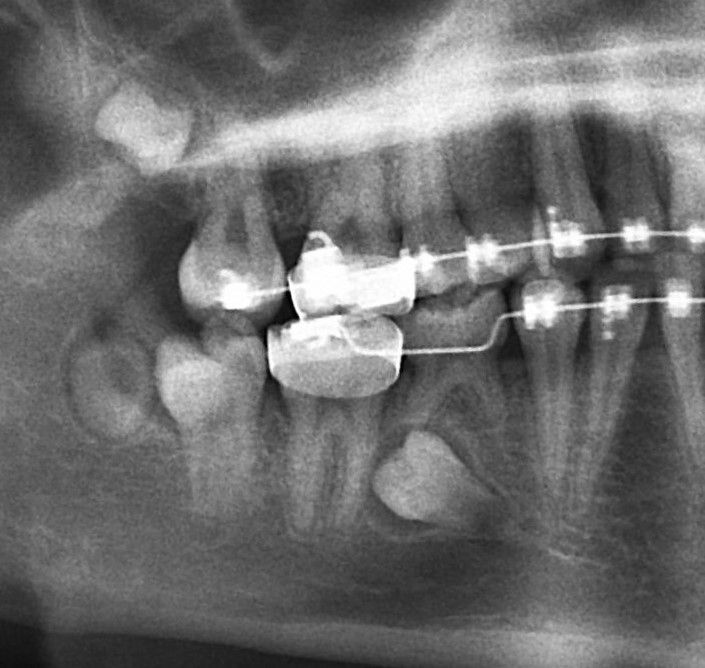
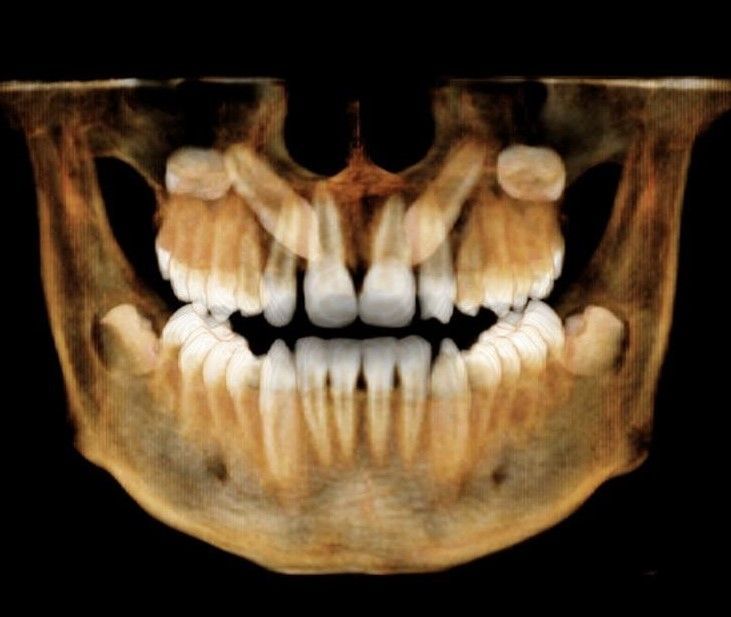
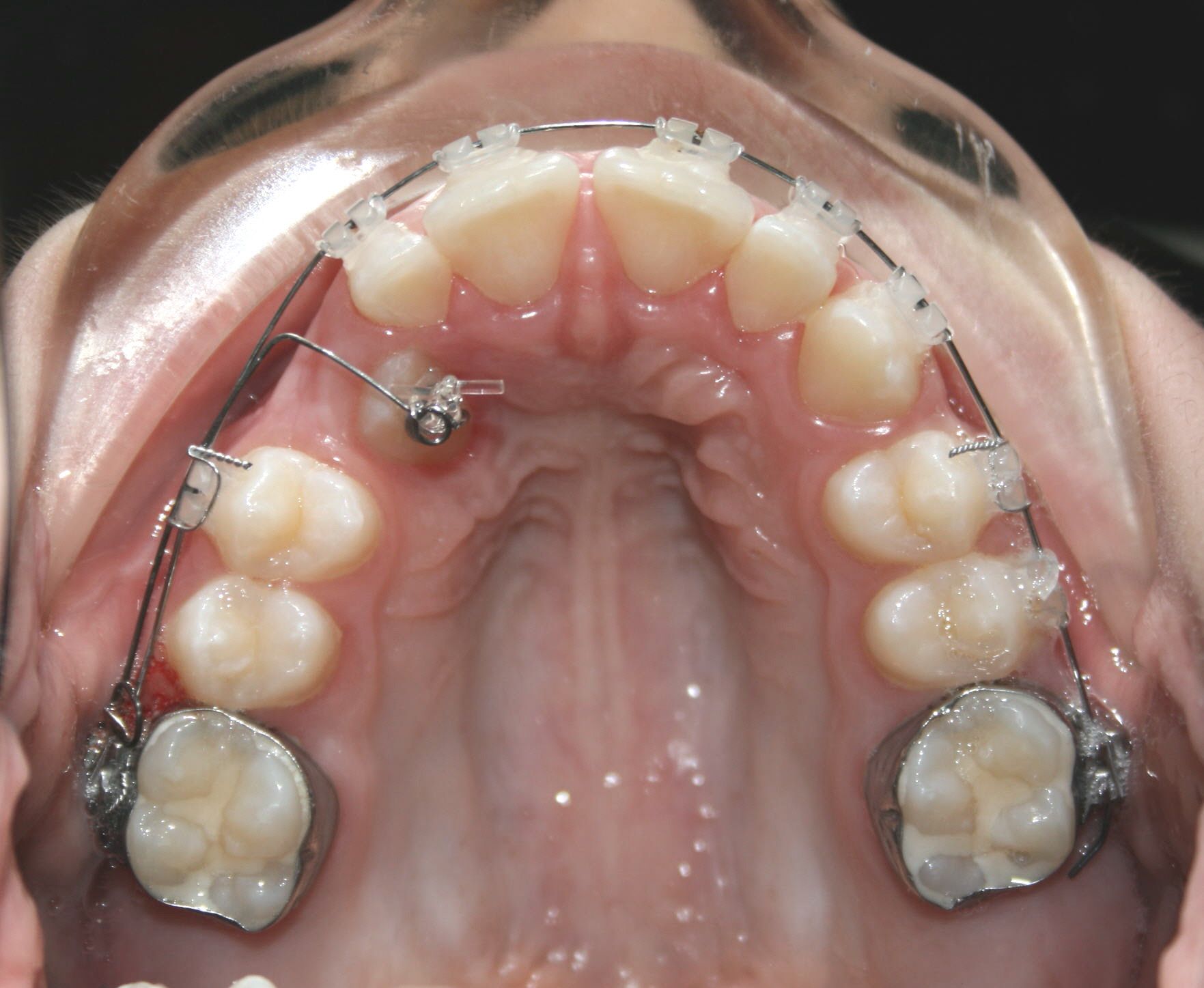

Whether you have a problem or are concerned about future dental issues, our team guides you through your options and provides the best care at every step. Contact us today to start your journey to a healthier smile.
Find solutions for common dental problems. Call 03 9873 6818 today!
